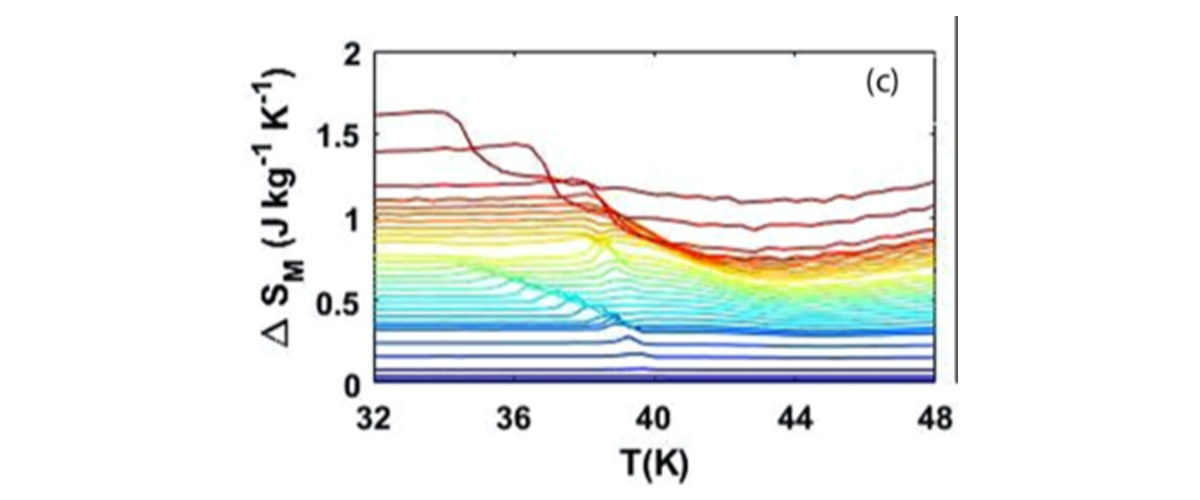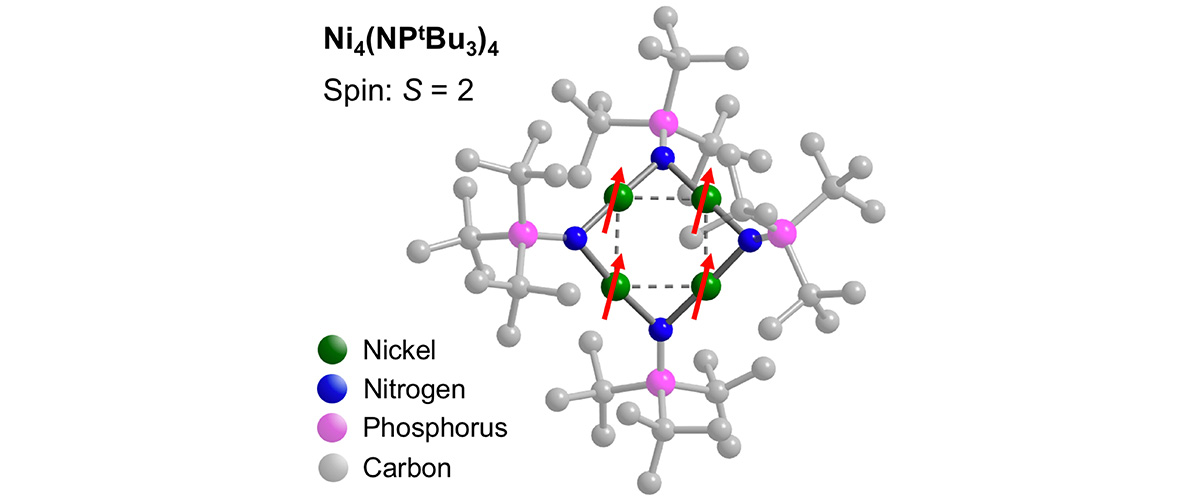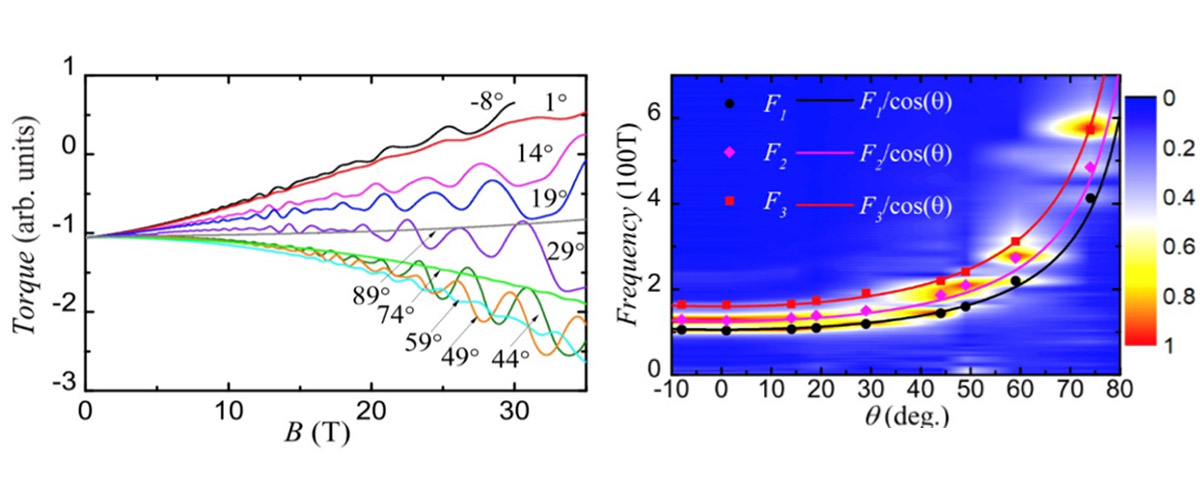What did scientists discover?
In a single atomically-thin layer of the semiconductor WSe2, optical studies have shown that all of the electrons in the material can spontaneously "polarize" – or suddenly jump to the same quantum state (or "valley") in the material. This a phenomenon is directly analogous to magnetization.
Why is this important?
Interactions between electrons are the root of some of the most interesting effects in condensed-matter physics (including magnetism). In two-dimensional ‘sheets’ of electrons in very high-quality semiconductors, interactions can result in the discovery of important new phenomena, such as the Fractional Quantum Hall Effect (for which a Nobel prize was awarded in 1998). The electron-electron interactions here could yield a new way to use valleytronic controls in magnetic information storage or other exciting applications.
Who did the research?
J. Li1, M. Goryca1, N. P. Wilson2, A. V. Stier1, X. Xu2, S. A. Crooker1
1National MagLab, Los Alamos National Laboratory; 2University of Washington
Why did they need the MagLab?
Large magnetic fields up to 60 T were essential for creating conditions wherein the 'valley magnetization' could spontaneously occur in the WSe2 monolayer semiconductor. Large fields were also needed to separate the different energy levels, so that they could be experimentally distinguished using light.
Details for scientists
- View or download the expert-level Science Highlight, Spontaneous "valley magnetization" in an atomically-thin semiconductor
- Read the full-length publication Spontaneous Valley Polarization of Interacting Carriers in a Monolayer Semiconductor, in Phys. Rev. Lett..
Funding
This research was funded by the following grants: G.S. Boebinger (NSF DMR-1644779) S. A. Crooker (DOE BES ‘Science of 100T’, Los Alamos LDRD); X. Xu (DOE DE-SC0018171)
For more information, contact Scott A Crooker.





